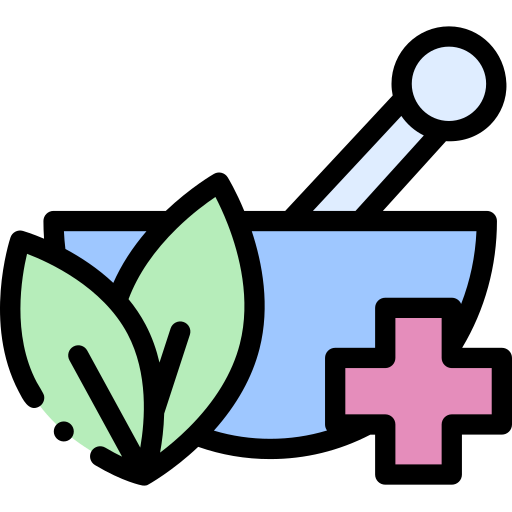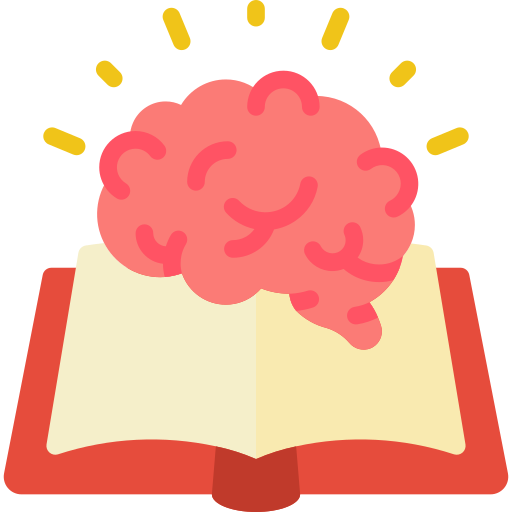Trending






Difference between Endocrine System and Exocrine System | Endocrine System vs Exocrine System
: 1508Paper : Medical Differences FAQs | Platform : Vs or Differences FAQs | Category : General FAQs
Hormones have an important role in our body functions. Activities of different cells and organs are regulated by hormones. Hormones are secreted by different glands of our body which are of two types:
- Endocrine gland
- Exocrine gland
What is Endocrine System?
The term endocrine is derived from two Greek words-“endo” which means inside or within and ” crisis” which means to secrete. It includes endocrine glands which directly secrete hormones into the bloodstream and then it reaches their target cells and organs. It is also called ductless glands.
Adrenal, Hypothalamus, thyroid, parathyroid glands, ovaries are some glands in this system. Too low or too high secretions from these glands can result in various disorders like diabetes, hypothyroid, hypoglycemia, difficulty in conceiving, managing stress, etc.
What is Exocrine System?
It includes exocrine glands which release hormones in the duct that lead to the external part of the body. These glands are also called duct glands.
Glands in this system are sweat glands, mammary glands, sebaceous glands, salivary glands, etc Improper functioning of these glands can result in disorders like acromegaly, dwarfism, gigantism, etc.
The key difference between the two systems can be summarized below-
|
Endocrine System |
Exocrine System |
|
Endocrine glands are part of the endocrine system. |
Exocrine glands are part of the exocrine system. |
|
Secretions of these glands are directly released into the bloodstream. |
Secretions are not directly released in the bloodstream. |
|
No ducts are used. |
Ducts are used in transporting hormones from source to destination. |
|
Secretes hormones. |
Secretes enzymes. |
|
Hormones are slowly transported. |
Secretions are transported faster. |
|
Comprises of glands such as thyroid, thalamus, pituitary, liver, pancreas, and ovary. |
Includes salivary sebaceous, mammary glands, pancreas, liver, etc. |
















